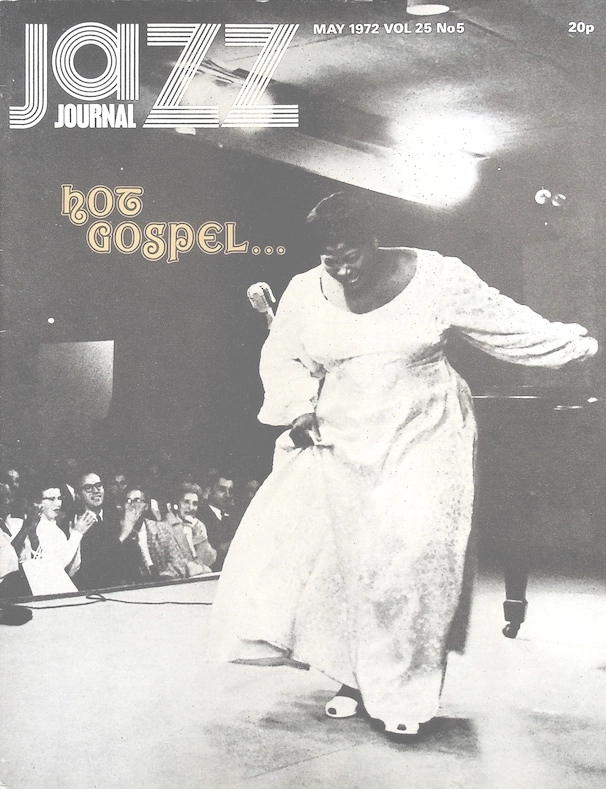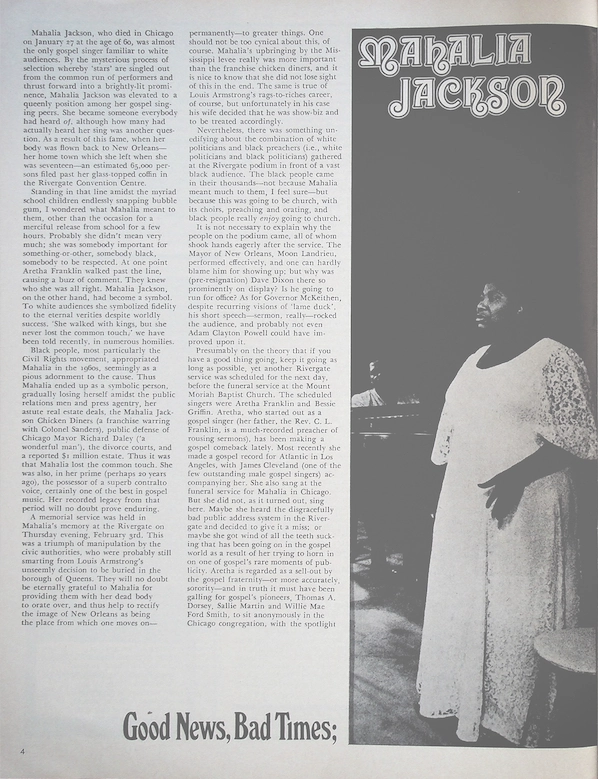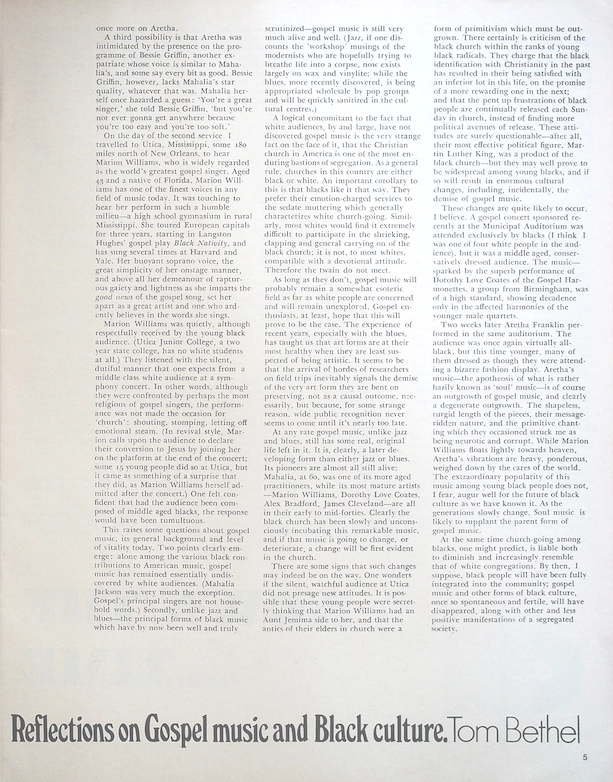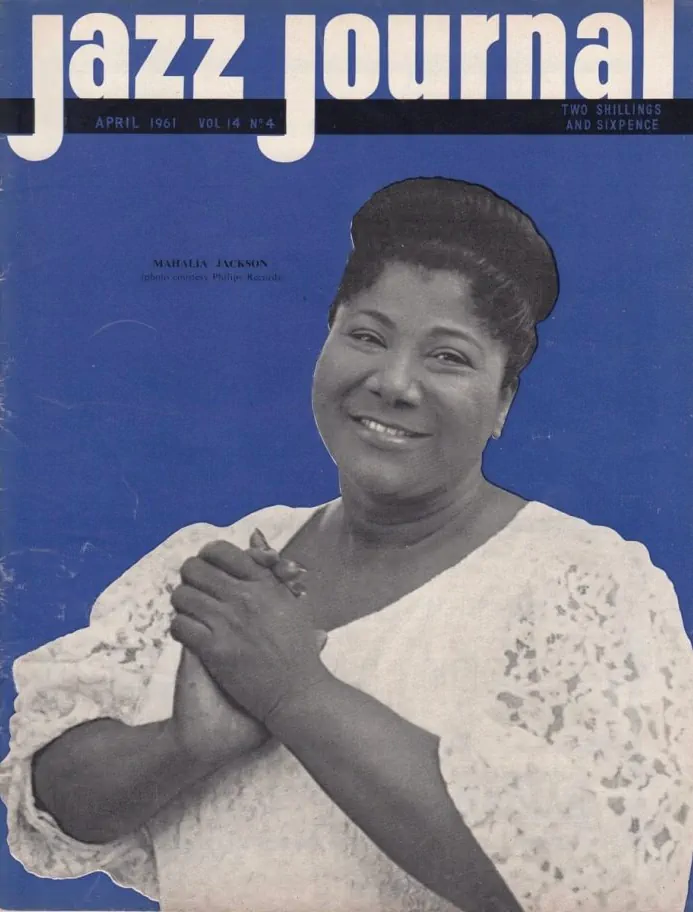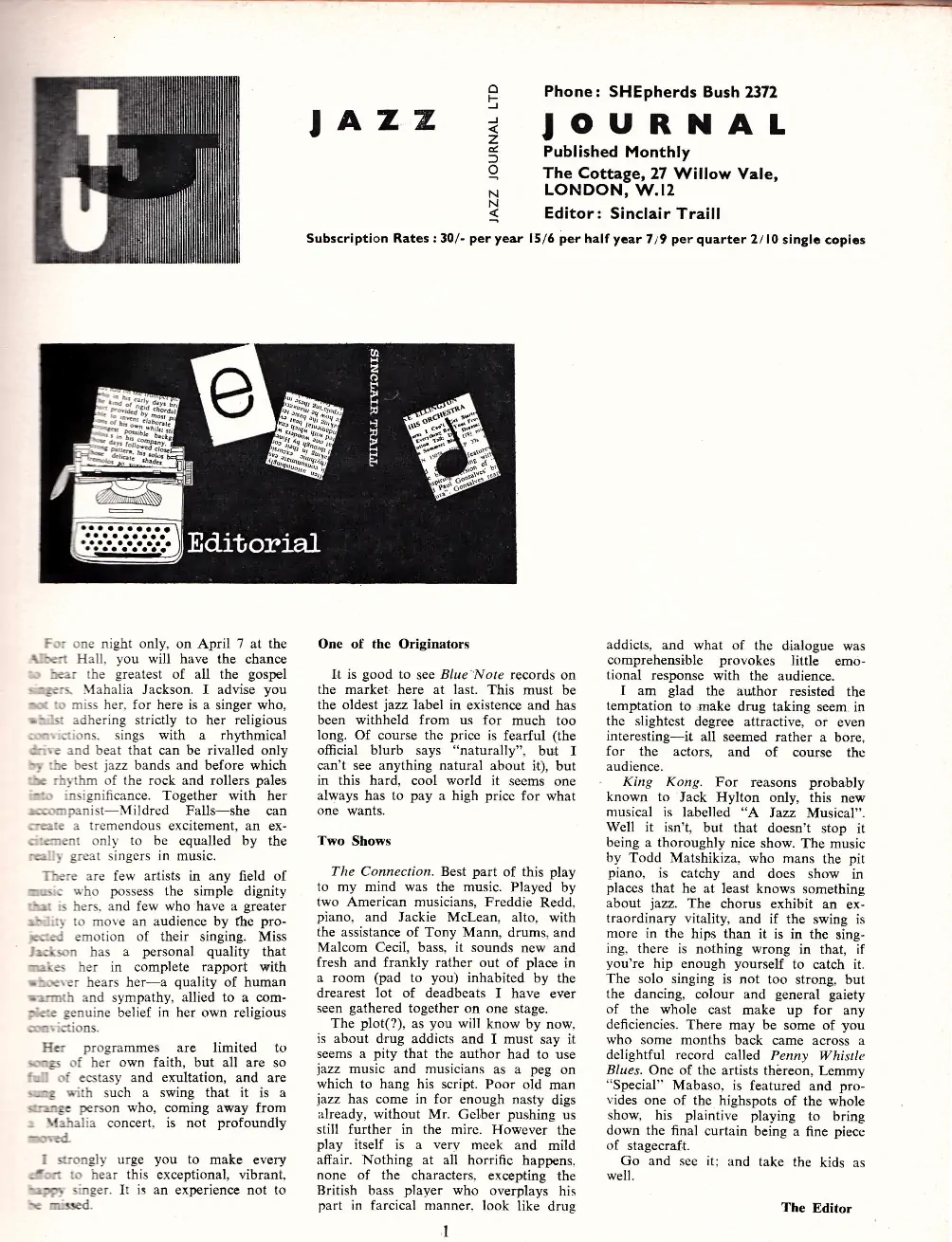Jazz Journal April 1961 / May 1972
Immerse yourself in the history of Jazz Journal, a British jazz magazine that has shaped and accompanied the development of jazz since its founding in 1948. The 1970s were a time of change and innovation for the magazine, as they were for the jazz scene itself.
The Jazz Journal in the 1970s: An era of change
The 1970s were a dynamic decade for Jazz Journal, marked by changes in title and structure. Until April 1979, it was simply known as Jazz Journal, before becoming Jazz Journal International for decades. The magazine also changed ownership several times: from Decca Records to Novello Publishing and Billboard UK to Pitmans, it passed through a number of hands that influenced its direction and stability.
In terms of content, the monthly Jazz Journal remained true to its roots in mainstream jazz, but it skillfully adapted to the musical trends of the time. The 1970s were a fascinating period for jazz: while free jazz lost its dominance, the music increasingly merged with elements of rock and soul. Greats such as Miles Davis shaped the emerging jazz rock (fusion) genre with albums such as "Bitches Brew" (1970). Jazz Journal documented these developments comprehensively, offering its readers deep insights into the changing jazz landscape and highlighting both established legends and up-and-coming talents.
The Jazz Journal today
Good news for all jazz enthusiasts: Jazz Journal is alive and kicking! It is the longest-running jazz magazine in the UK and successfully made the leap into the digital age in 2019. Today, you can find the magazine as a purely online publication at jazzjournal.co.uk. It continues to offer current articles, in-depth reviews, and news from the world of jazz, and its extensive archive will be made even more accessible in the future.
Mahalia Jackson and the Jazz Journal – An unexpected connection
Although Mahalia Jackson primarily went down in history as a gospel singer, the Jazz Journal recognized early on her immense musical significance and influence, which extended far beyond all musical boundaries.
Mahalia Jackson graced the cover of Jazz Journal back in April 1961, a clear sign of the early recognition of her talent. The magazine reviewed her albums, such as Come On Children, Let's Sing, whose re-release in April 2021 on the Jazz Journal website once again highlighted her "rhythmic power and drive" that "can only be achieved by the best jazz bands."
Ein Höhepunkt ihrer indirekten Verbindung zum Jazz war zweifellos ihre Zusammenarbeit mit
Duke Ellington on the album "Black, Brown And Beige" (1958), a work that also attracted attention in "Jazz Journal." The magazine consistently praised her unique ability to improvise and her deep rhythmic expression, which, although not rooted in the traditional jazz context, were deeply appreciated by the jazz community.
Her participation in the first New Orleans Jazz & Heritage Festival in 1970, where she spontaneously sang with a brass band, underscores her presence in historic jazz moments documented by Jazz Journal.
The Jazz Journal may not have labeled Mahalia Jackson a "jazz singer" in the strictest sense, but it recognized and celebrated her as a brilliant musician whose work represented an important intersection with jazz music and earned her well-deserved recognition there.
With kind permission of the editorial team at JAZZ JOURNAL
© Jazz Journal
